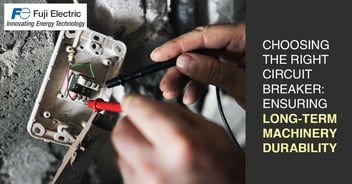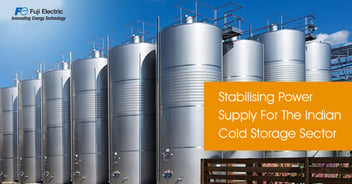A Guide to Choosing the Right Industrial Automation Controller

With a wide range of options available, including Programmable Logic Controllers (PLCs), Programmable Automation Controllers (PACs), and Industrial Personal Computers (IPCs), it's essential to make an informed choice. Let’s explore the key factors to consider when choosing an industrial automation controller for your specific needs.
Define Your Application Requirements: To start, you should clearly define the requirements of your application. Determine whether you need a comprehensive solution that controls the entire manufacturing process or individual control for specific stations or machines.
Scalability and Modular Approach: Consider whether your automation system needs to be scalable. In some cases, it may be more suitable to break down the system into logical sections controlled by smaller PLCs, depending on the workload.
Compatibility and Flexibility: Look for controllers that offer different sizing options but are compatible with the same programming software. This flexibility can save costs associated with program development and allow for easy porting of projects between controllers.
Factors Influencing Your Decision: Factors such as whether the system is new or existing, environmental conditions, types and locations of I/Os, communication requirements, and programming needs all play a role in your controller selection.
Environmental Considerations: Ensure that the selected controller can operate reliably in the environmental conditions of your facility, especially if extreme conditions like temperature, humidity, or dust are present.
I/O Points and Device Types: List all your discrete inputs and outputs, including their types (digital sensors, analog sensors, actuators, control valves, etc.), communication protocols, and power requirements.
Analog Devices and Specialty Modules: Specify the functions and signal levels of analog devices, including current/voltage loop, resistance temperature detectors, thermocouples, etc. Ensure that the controller supports these requirements.
I/O Locations and Communication Protocols: Define the physical location of I/O terminals in relation to field devices, considering the need for local or remote I/O. Determine which real-time communication protocols are necessary.
Communication Options: Consider the communication needs among peripheral devices, distributed I/O, PLCs, and enterprise systems. Ensure that the controller supports required communication protocols for current and future expansion.
Hardware Requirements: Evaluate scan-time speed, memory capacity, and battery backup. Ensure that the controller has sufficient memory for program requirements and data storage.
Software Selection: The quality of programming software is crucial. Consider ease of use, personal preferences, investment in training resources, data logging capabilities, and remote access features.
Technical Support and Documentation: Check if the manufacturer provides comprehensive documentation and online resources for their programming software. Consider the cost of technical support when needed.
Testing and Simulation: Ensure that the selected controller's software allows for thorough testing and simulation, including PID loop responses and motion profiles, without the need for hardware connection.
Choosing the right industrial automation controller is a complex decision that requires careful consideration of your specific application requirements. Avoid a one-size-fits-all approach and select a controller that not only meets your current needs but also allows for future advancements as your automation designs evolve. By following these guidelines, you can make an informed choice that enhances the efficiency and productivity of your manufacturing processes.
 China
China Europe
Europe France
France Hong Kong
Hong Kong Indonesia
Indonesia Japan
Japan Singapore
Singapore Thailand
Thailand USA
USA

